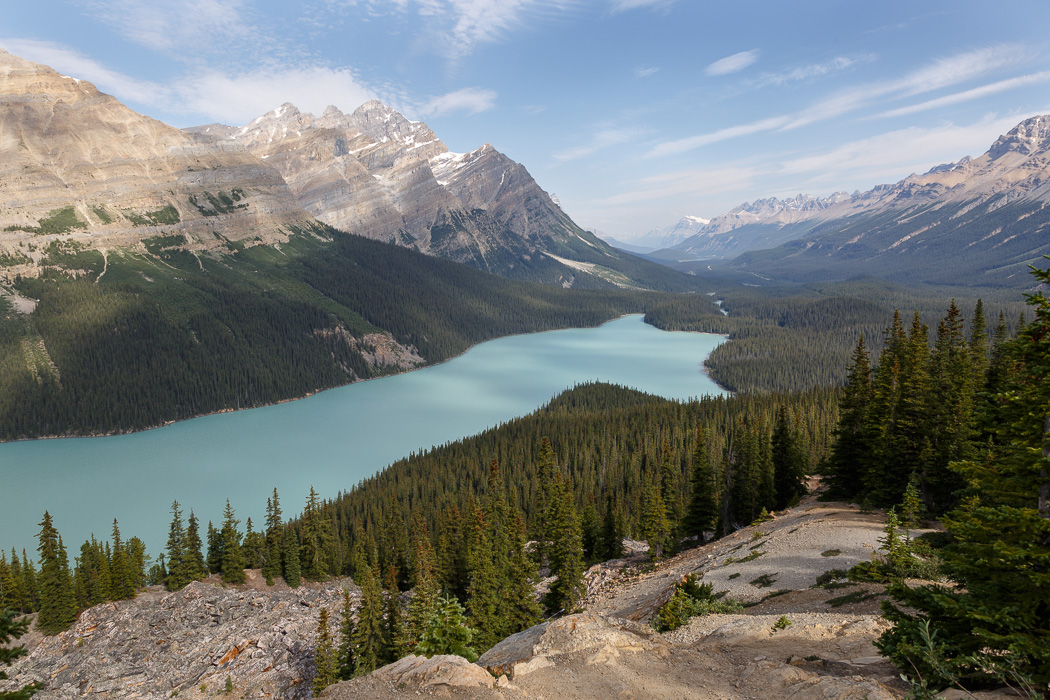I've now had a chance to photograph raptors on two different occasions, and I'm hooked. Seeing these large, beautiful birds up close is an amazing experience, and I know I'll be doing it many times. These birds reside on a raptor conservancy in southern Ontario and many were raised there. Some have been there for years, mating and raising their young. Birds on site for rehabilitation and eventual release back to the wild are kept from the main group and are not available to photograph, their contact with people kept to a minimum.
Eagles are large. They are strong, powerful and majestic. These images of the Bald Eagle were taken in different locations on different days.
Bald Eagle at Rest on a Log
Bald Eagle Preparing to Land
Skimming the Pond
Those eagles are impressive, but it was the owls that really captured me. Like the eagles they are strong and powerful, but they also have expressive faces and beautiful markings. I had an opportunity to see a variety of owls, each different in its own unique way.
Great Horned Owl
Great Horned Owl in Flight
Snowy Owl
The birds know their handlers and respond to them. And the handlers treat them with care, kindness and respect. It's a mutually beneficial arrangement. The birds are given safety, security, shelter and food in exchange for a life that is less free. They are well treated. They could fly away each time they're released, but they don't.
Barn Owl
Eurasian Eagle Owl
Great Grey Owl
Great Grey Owl
The hawks and falcons are smaller and so very fast. Photographing them is an even greater challenge.
American Kestrel
Red Tailed Hawk
I'm not a bird photographer and I struggled to get the settings right. I took a lot of shots and finally started to get the hang of it. But there's a lot to learn. And sometimes I just put the camera down and simply watched these beautiful creatures.
I'll be looking for more opportunities to photograph raptors. And in the meantime I'll learn as much as I can about them.

































































































































































